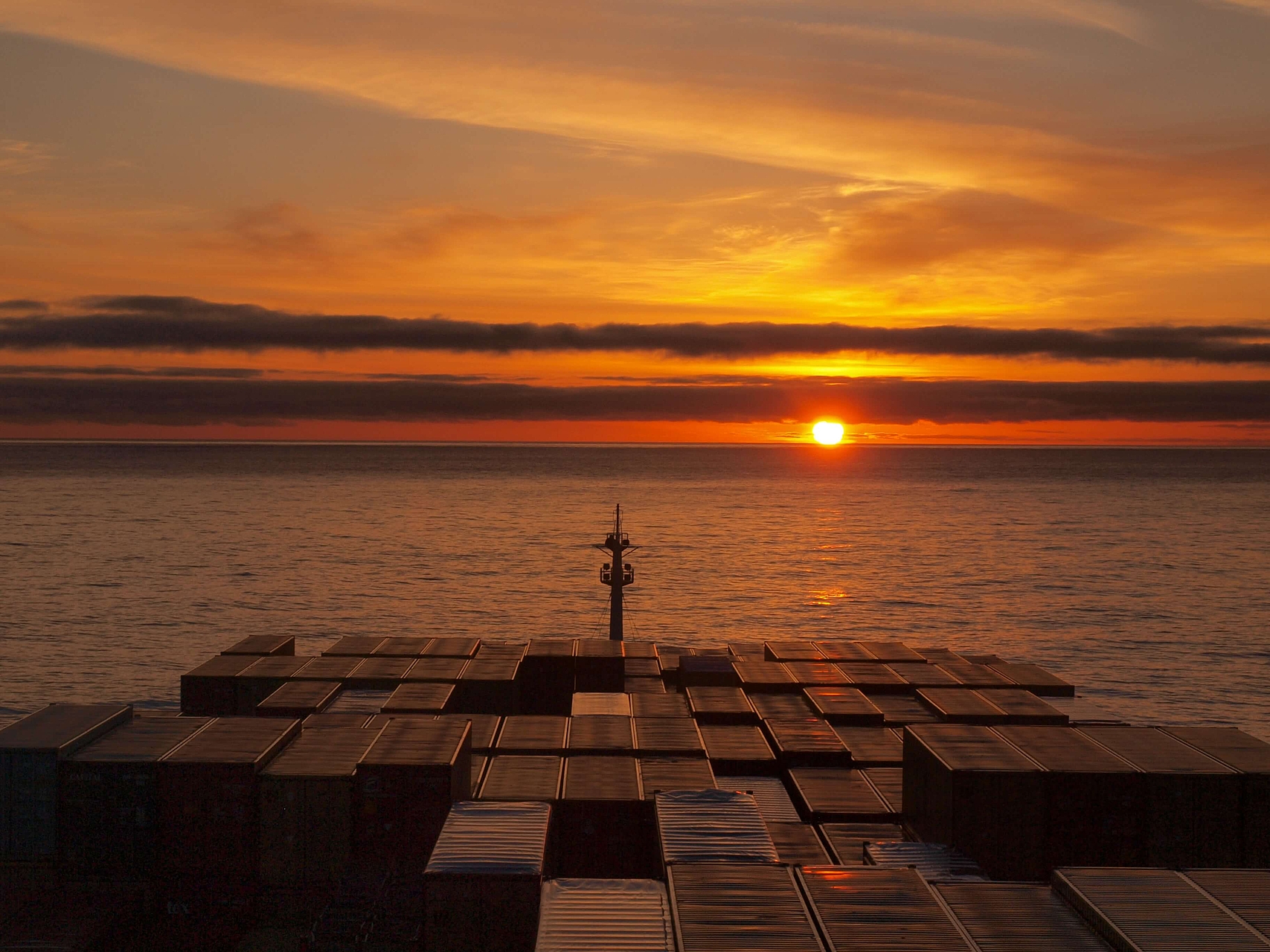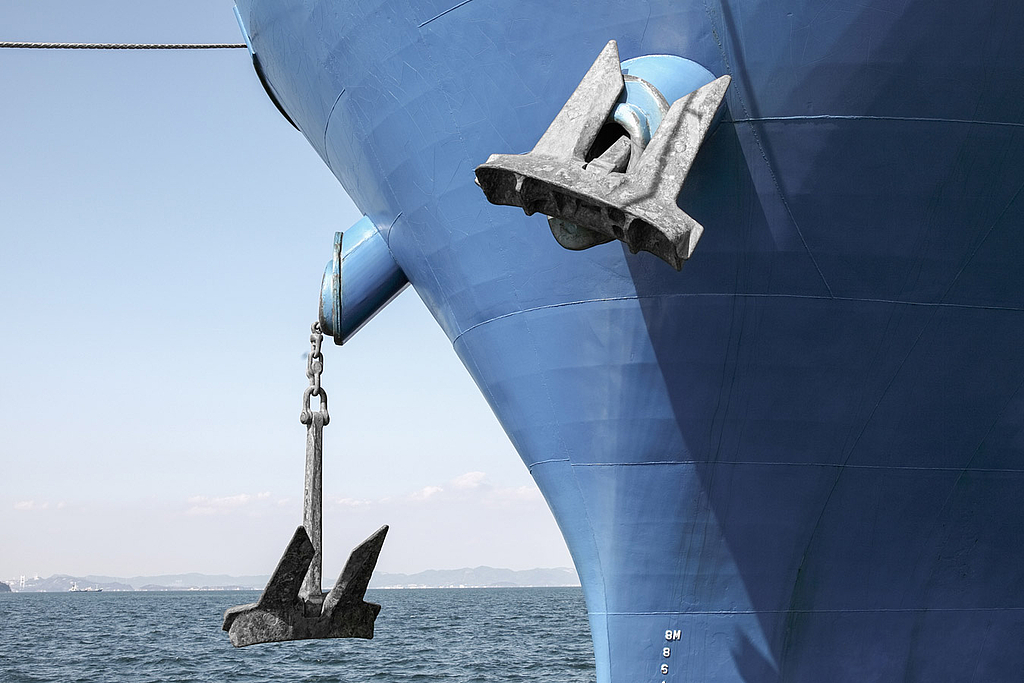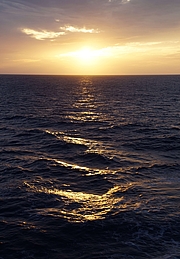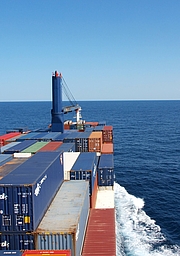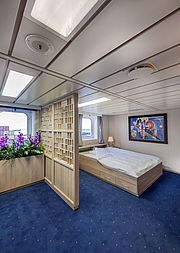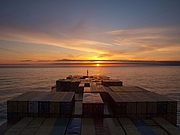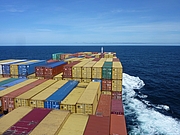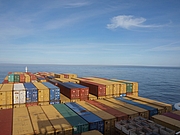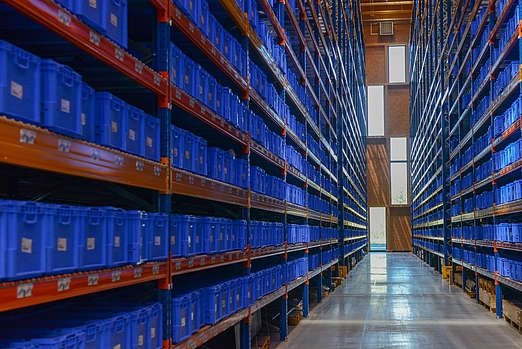How did you spend your summer vacation?
Welcome to the Container Class
- Facts
You think you’ve seen everything – from luxury liners with 5-star superior suites to sustainable hideaways with activity programs far away from mainstream tourism? But have you ever considered a trip in the ‘Container Class’? Organizational skill, flexibility and a hefty time budget are among the main requirements. These will be rewarded with rest and recreation, unconventional insights and unexpected experiences.
